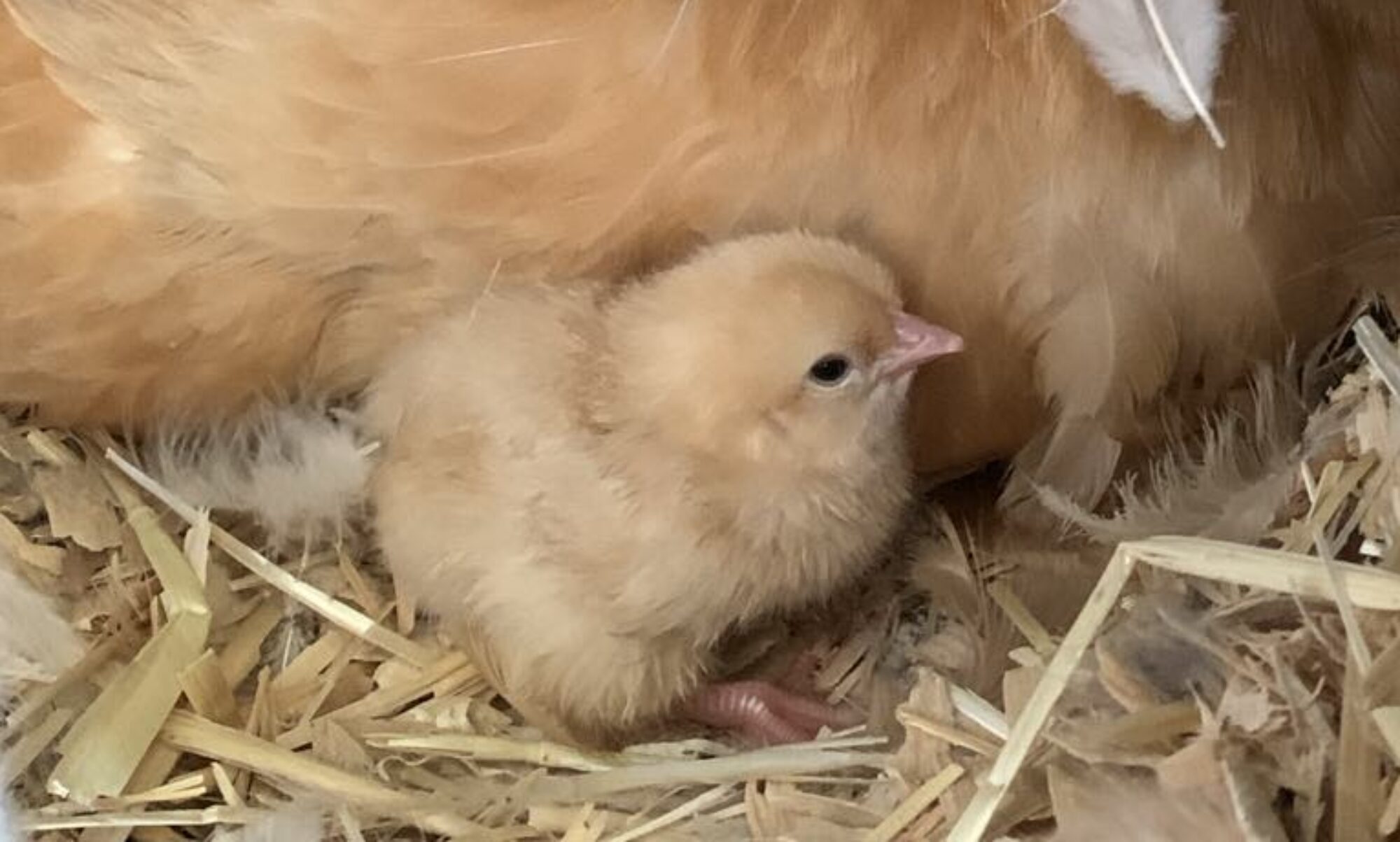I struggle leaving home to go on a vacation. Seems like nobody takes care of my animals like I do…except my sister-in-law. She gets 5 stars for her efforts‼ When we go away, even if it’s only for a few days, I worry that something might go wrong. I consider my substitute caregiver successful if all my animals survive, whether the caregiver does all the right things…or not.

Water is my biggest concern. An animal can live for a couple of days without food, but not without water, especially on a hot day in the middle of the sizzling summer. In the winter the water tubs may all freeze. An animal will usually resort to eating snow if there is some available. They may not like it, but they will eat it. In the summer if their water tubs are empty, there are no other options, unless it happens to rain. I usually spend a couple of days before I actually leave on vacation getting things ready for my animals and substitute caregiver. The better the preparation, the easier your vacation will be on your animals and your caregiver.

A list of feeding instructions for the caregiver is always a good idea. The list should include all the animals that need to be fed, their location, time of day to be fed, instructions on what and how much to feed. Be specific! (Editors note: having been one of her substitute care givers I can say it is also important for your instructions to be easy to read) The wrong feed given to the wrong animal could cause health issues. Checking on water should be included on this list and not taken for granted. It’s a good idea to make sure that you have sufficient feed to last for the duration of your time away so that your caregiver does not have to purchase more.

I make sure that I have extra buckets and pans of water scattered all over the place, and I clean them out and fill with fresh water just before I leave. For the geese and ducks I fill a couple of plastic kiddie pools with water. Even if the water is a little dirty for a day or two, it’s better than no water! I use some extra 5 gallon buckets for additional water that I put in with the goats. I use black plastic 17 quart oil changing pans from the automotive section (they are less expensive then anything else and work just fine) to supplement water for the rabbits and chickens.

A couple of years ago, my son made me some self-feeding buckets that I use for the chickens and rabbits. You can use whatever size bucket works for whichever animals you are feeding. Take into consideration the size of the animal and the number of animals you will be feeding. I use the larger 5 gallon buckets with lids for the chickens and rabbits and I use smaller buckets for the Roller Pigeons. My son cut three holes evenly spaced down towards the bottom of the bucket, then inserted 45 degree elbow pieces of PVC sewer pipe. He secured these with glue and fittings. I fill these buckets to the brim with food and it doesn’t take the animals long to figure out how to eat out of them.

The objective is to make your vacation less stressful for both you and your animals. I hope that some of these ideas help with those who will be traveling over the holidays. What tips do you have for taking care of your animals while on vacation?

